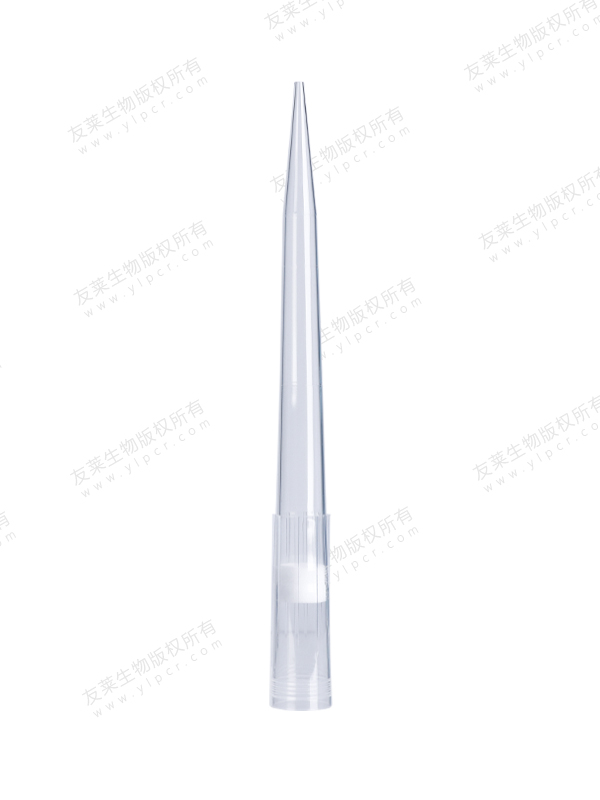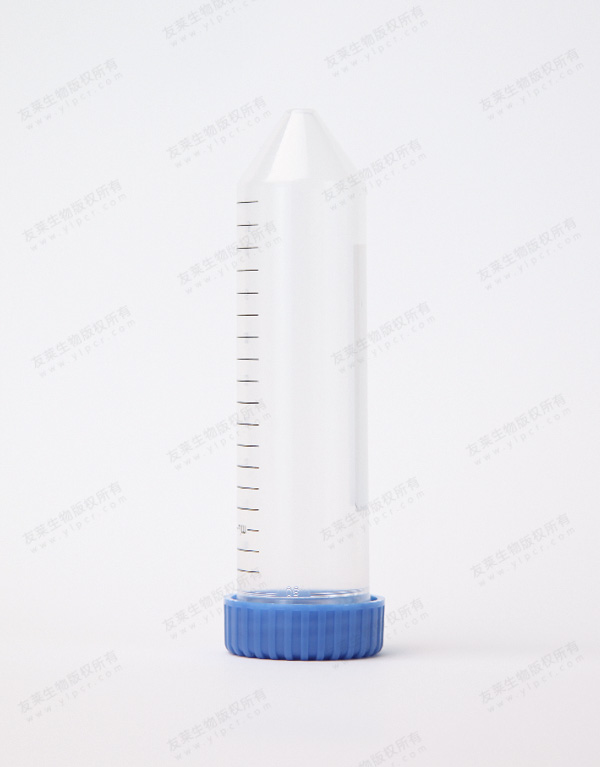Selecting the appropriate cell culture plate for your research is critical for achieving accurate results. With various types of plates available, ranging in size, material, and surface treatment, it is important to understand the specific needs of your experiment.
Understanding Cell Culture Plate Formats
Cell culture plates come in different well formats, ranging from 6 wells to 384 wells, each serving different experimental needs.
6-Well and 12-Well Plates: These plates offer larger surface areas for cell growth and are ideal for experiments that require more media or the study of cells at lower densities. They are often used for detailed microscopic analysis or when multiple manipulations are required.
24-Well and 48-Well Plates: These intermediate plates strike a balance between the need for multiple replicates and enough surface area for cell growth. They are commonly used in transfection experiments or assays requiring multiple treatment conditions.
96-Well and 384-Well Plates: Smaller well formats are ideal for high-throughput screening, where many conditions or compounds are tested simultaneously. These plates are commonly used in drug discovery and diagnostic assays.
Surface Treatment and Coating Considerations
The surface of the cell culture plate plays a critical role in cell attachment, growth, and differentiation. Choosing the right surface treatment or coating can significantly affect experimental outcomes.
Tissue Culture-Treated Plates: These plates are modified to promote cell attachment and are ideal for adherent cells like fibroblasts or epithelial cells. The surface treatment enhances the hydrophilicity of the plate, encouraging cells to adhere and spread out.
Non-Treated Plates: Non-treated plates are suitable for suspension cultures, where cells do not need to attach to a surface. These plates are often used for blood cells, immune cells, and other non-adherent cell types.
Special Coatings: Certain cell types may require specific coatings for optimal growth. For example, stem cells often need plates coated with extracellular matrix proteins, such as collagen or fibronectin, to maintain their pluripotency and differentiation potential.

Material Selection for Optimal Results
Most cell culture plates are made from polystyrene due to its optical clarity and compatibility with microscopy and imaging techniques. However, some specialized plates may use materials like glass for more advanced optical applications or enhanced thermal resistance.
Applications Tailored to Specific Research Fields
Drug Development: High-throughput screening plates (e.g., 96-well or 384-well formats) are essential for pharmaceutical companies conducting drug discovery and toxicity testing.
Genomics and Proteomics: Plates with specialized coatings, such as poly-L-lysine or laminin, help researchers study gene expression or protein interactions in a controlled environment.
Cell-Based Assays: For biological assays, tissue culture-treated plates offer the necessary environment for cell proliferation and are used to measure various cellular responses.

 English
English русский
русский 中文简体
中文简体




